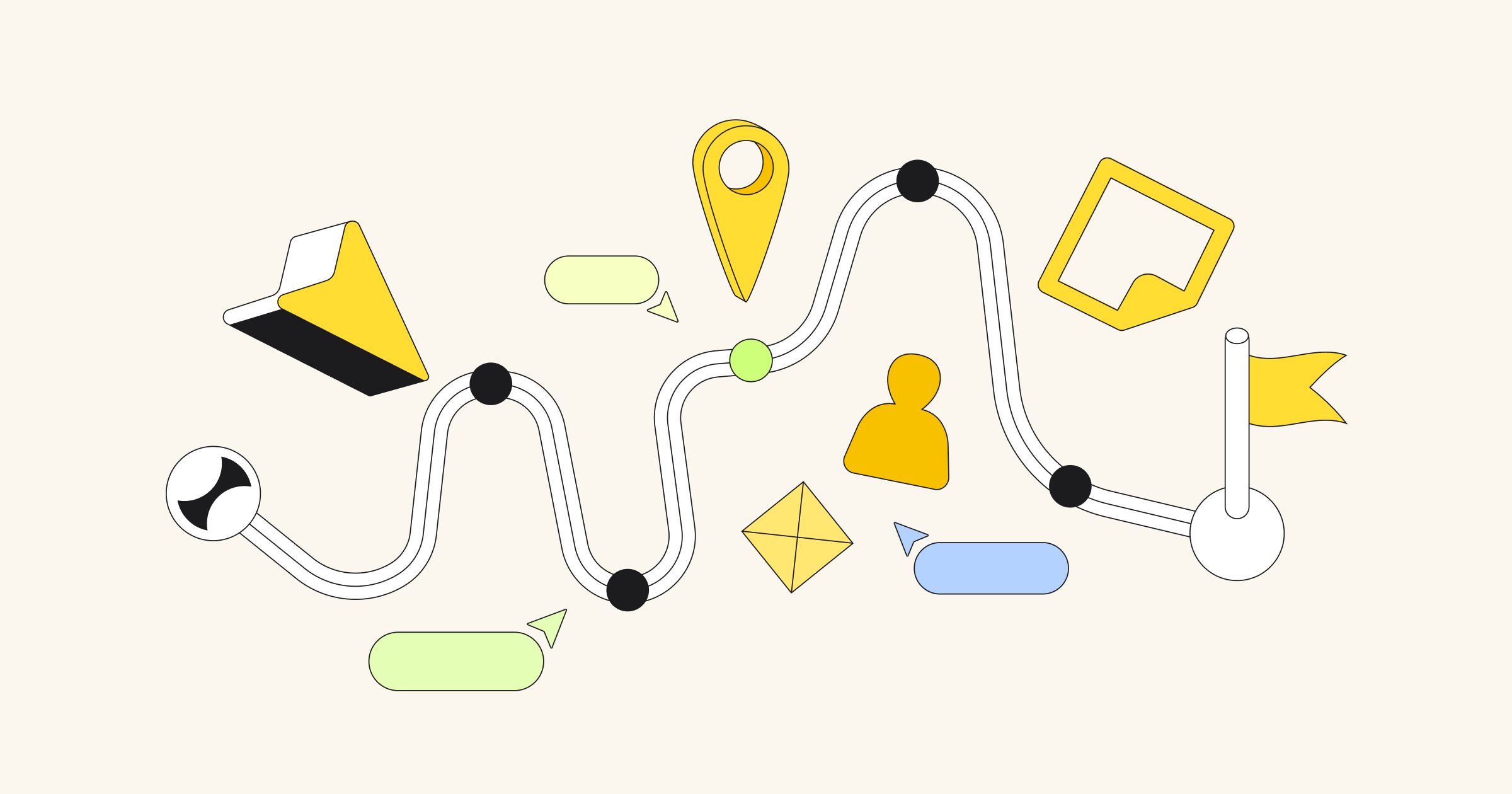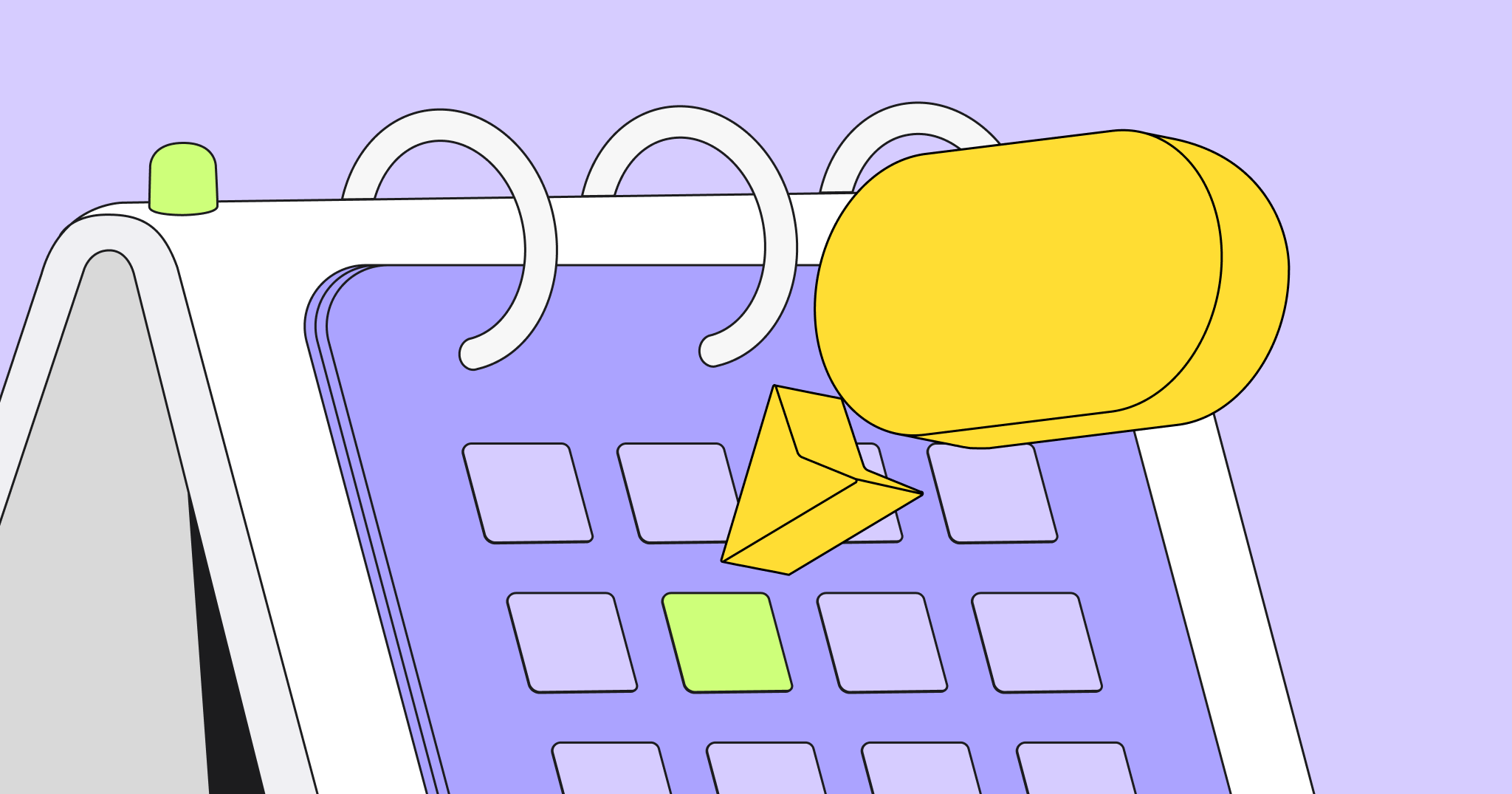Nowadays, design has become a critical component of a company’s success. And we’re not talking about “making things pretty” — it’s about making the right decisions and building solutions that create value for both the user and the business.
More organizations understand that if you invest in good design, you will reap massive benefits. In fact, data shows that design-led organizations outperform their competitors by a whopping 228%. As the view towards design’s value matures, the demand for skilled design work also increases. More freelancers, agencies, and studios have emerged, in the hopes of meeting that demand.
We are Just Mad, a product design and innovation consultancy from the heart of Transylvania — and we used to be one of those agencies. But we’ve evolved to meet the needs of companies that are building distributed product development teams. Today, we’d like to show you how we approach innovation and design and share our learnings and experiences when transitioning to a remote Design Sprint agency.
PROFILE
Just Mad
is a product design and innovation consultancy that is not afraid to ask uncomfortable questions. With a strong focus on Design Sprints, they help companies make better product decisions, validate ideas quickly and push the boundaries of innovation. Remote & on-site.
Founders: Raz Burciu & Ana Oarga
Founded in: 2017
Why innovation fails: what we discovered
We weren’t always a Design Sprint-centric business. In fact, when we started off, our design agency was no different than any other: two hyperactive and ambitious problem-solvers who wanted to take on the world and use our design and product strategy experience to help companies innovate.
As we worked with various types of global businesses across multiple industries and observed how they approached innovation, certain patterns would emerge. We started noticing common mistakes that could impact the success of their efforts towards building valuable products or services:
Lack of vision
Especially trendy with first-time entrepreneurs (but not exclusive to them), a lack of vision is a very common pitfall. Things start off well but because teams are misaligned and there are no clear goals, confusion and uncertainty can easily derail the project. There is a tendency to sidetrack and go back and forth multiple times and the finish line gets lost on the horizon.
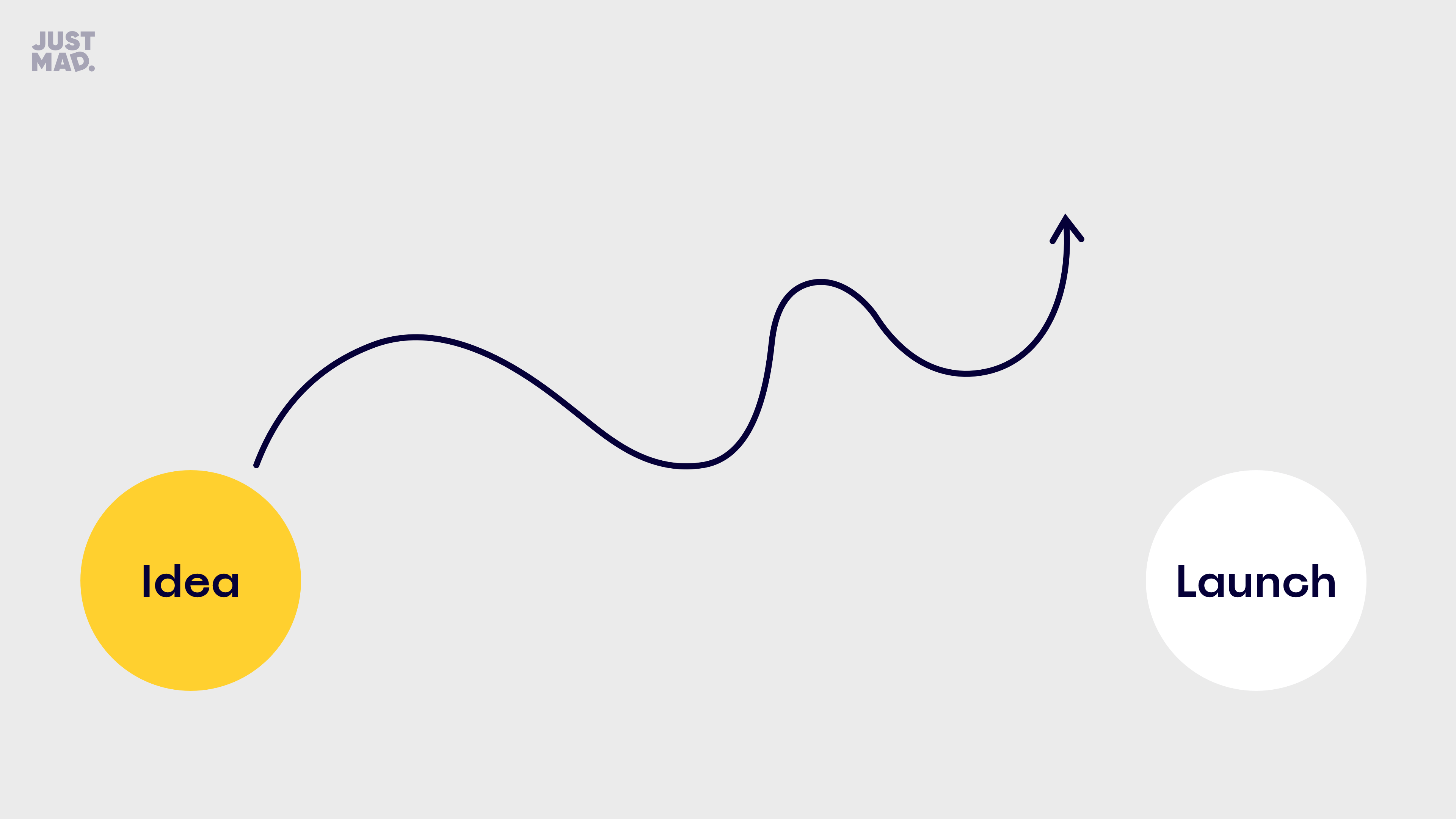
Taking too long to launch
This scenario is very common with teams that don’t believe in “good enough for now.” In other words, there’s always one more thing to do, and the release date is pushed far into the future. The scope of the project keeps extending, under the belief that the product cannot be shipped until every little detail is taken care of. Often, under the pressure of perfection, this typically leads to team exhaustion and frustrations build up.
More on this topic from Basecamp CEO, Jason Fried: check out Signal v. Noise.
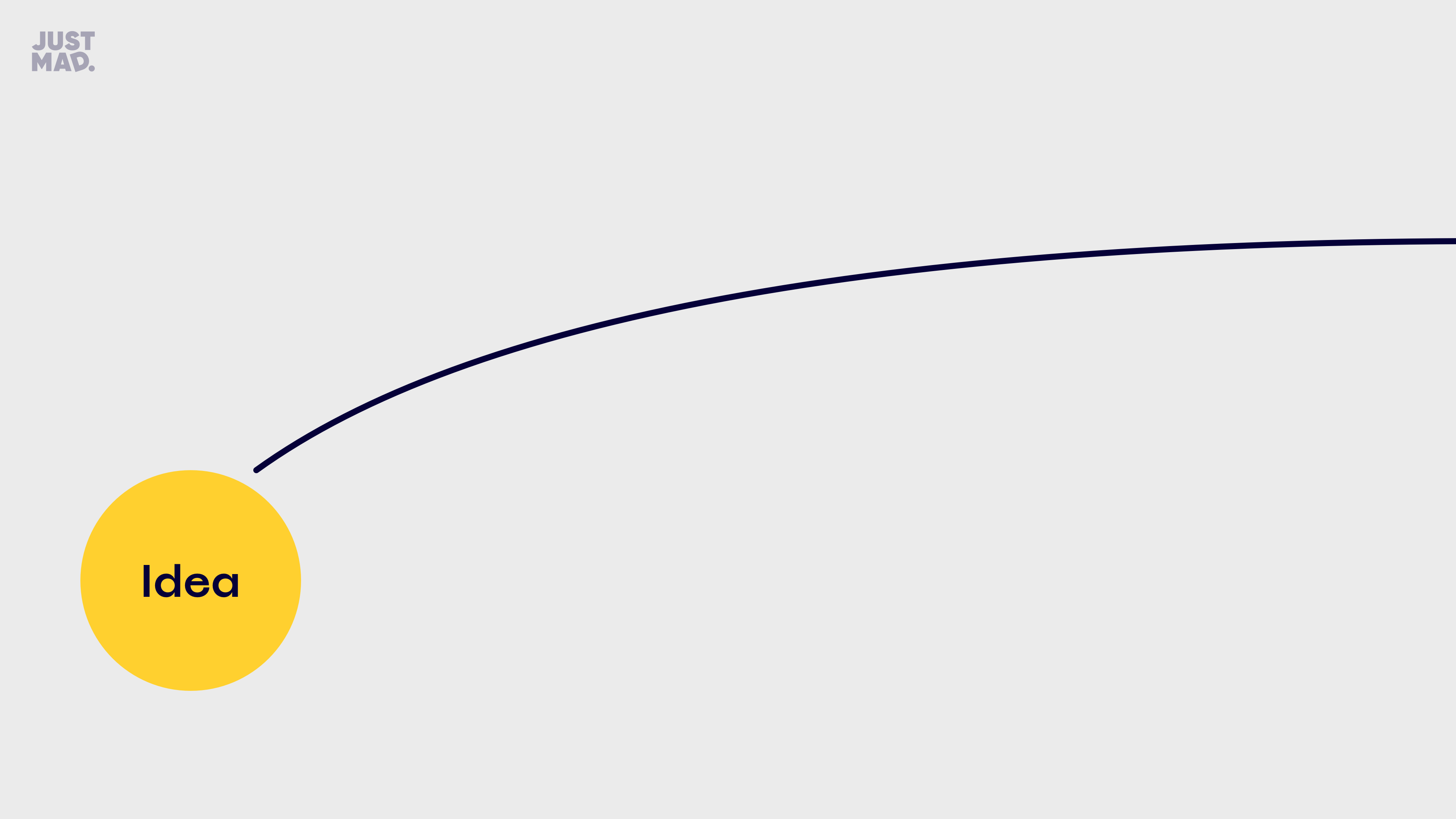
Working on too many things at once & lack of focus
We love having ideas. But sometimes, starting on multiple fronts at one time can be detrimental to success, as the lack of focus will deplete both a team’s motivation and pockets. This scenario typically happens when there is an unclear understanding of what is valuable and worth investing in.
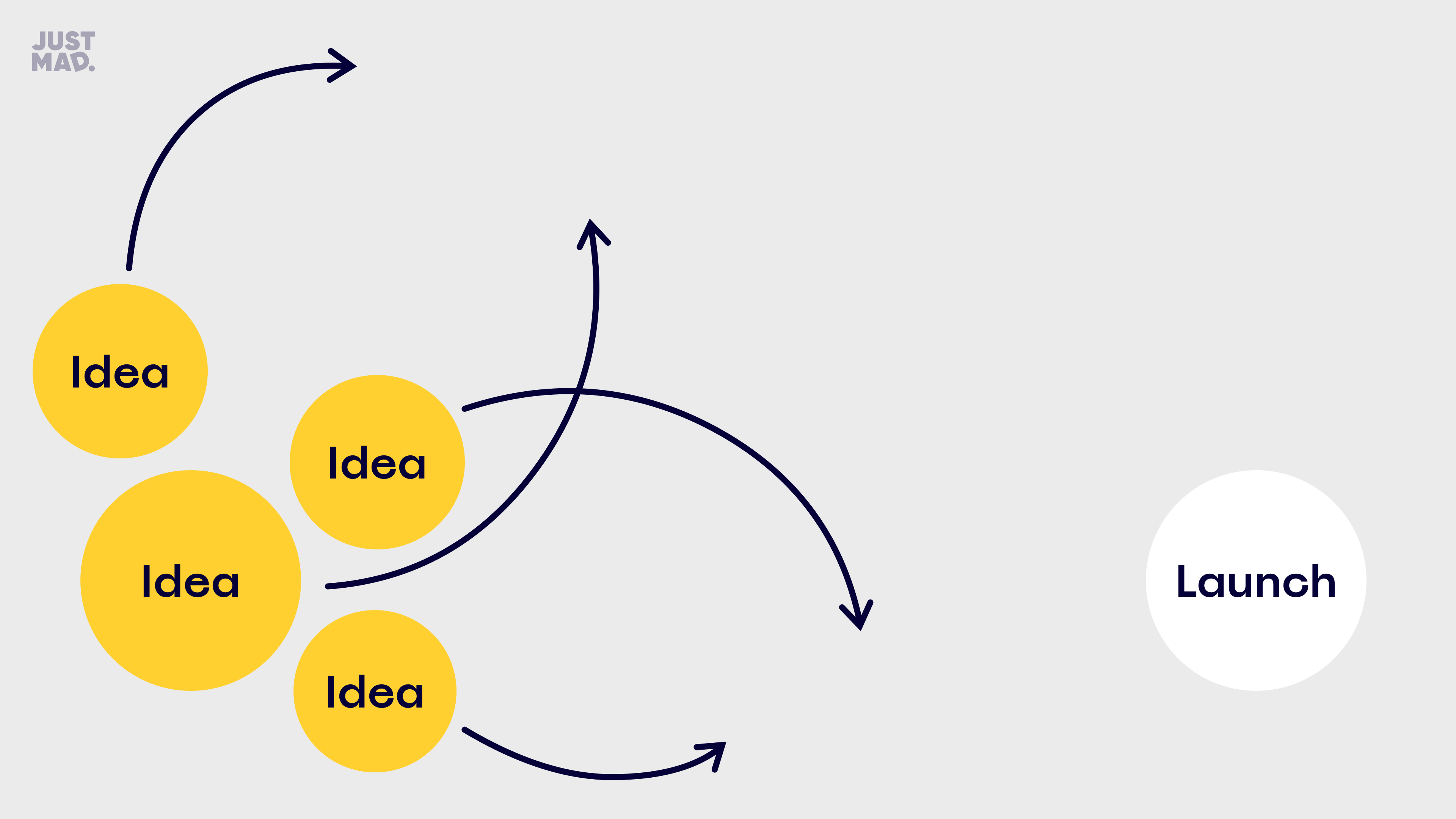
Blind building & no early validation
Around 42% of new businesses fail because of bad market fit. What does that mean? They either didn’t understand their audience well enough, or their value proposition was weak. But not just that — the main issue is that these companies were practicing the phenomenon called “blind building.” That means they would pile up feature after feature, without taking the time to validate their ideas early on. In the end, they’d have a fully built product or service that no one would use… or pay for.
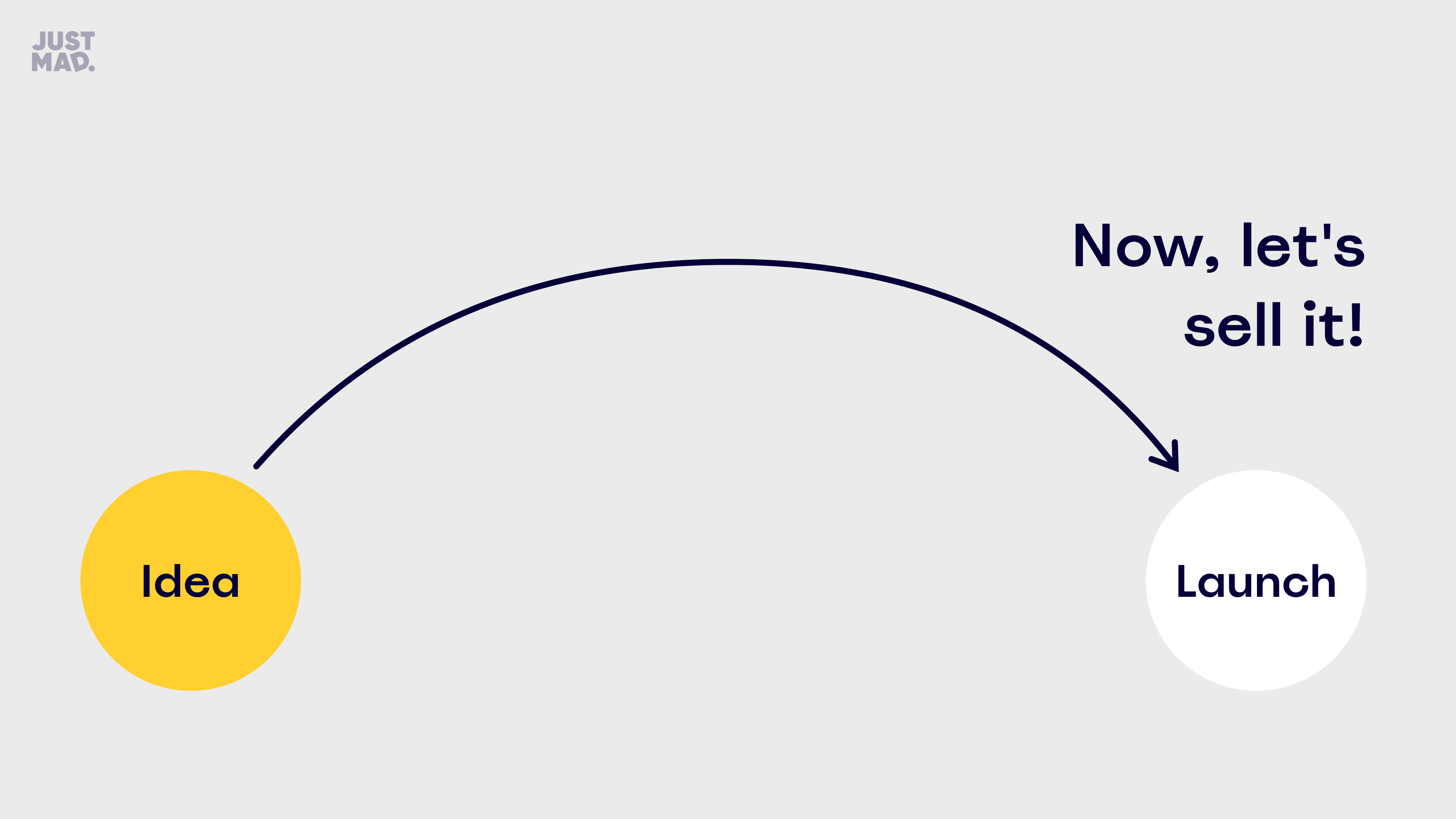
To sum up our findings, the process of innovation stalled or was jeopardized due to the following:
- Lack of early, real-world validation
- Trying to get everything perfect from the beginning
- Teams that are misaligned, and work towards unclear goals
- Working on too many ideas at a time, with no focus
- Recklessly building a solution that no-one might want
- Focus on features and output instead of the value created
We knew something had to change. And we asked ourselves: what can we do about it?
Looking for a tool for remote design sprints? Try Miro free
Evolving our approach
These patterns had an impact on both the client’s success and on our own, as we were unable to clearly predict the outcome and duration of a project. As inherent problem-solvers, we felt it was our responsibility to step in. Naturally, we looked inwards and wanted to understand how we could avoid these scenarios and help our clients achieve a successful outcome. At the same time, we felt that finding the right solution would allow us to stand out from the plethora of agencies out there.
We started reading, listening to podcasts, talking to successful product teams trying to find a recipe that would allow us to get over the hurdles in the product development process. That’s how we discovered the Design Sprint. One book, “Sprint” by Jake Knapp would change the way we looked at building products.
If you’re not familiar with the concept of the Design Sprint, here’s a quick intro: it’s a step-by-step process that allows you to tackle big challenges, validate new ideas or improve existing products in just 4 days (updated version since the release of the original book).
As crazy as it sounds, the concept is simple: start with a challenge or idea, and get all the right people aligned around it. Give the team a time-boxed set of creative exercises where they can understand the challenge or idea, then generate a mass of potential solutions. Pick one idea, prototype it and then test it out with 5 real users.
The Google-born methodology is a game-changer for people working in the world of digital products. Designers, product managers, product practitioners and everyone in between love the Design Sprint, because it aligns teams, helps bypass all the irrelevant meetings, helps you make confident decisions and generates results super fast.
How the Design Sprint week looks:
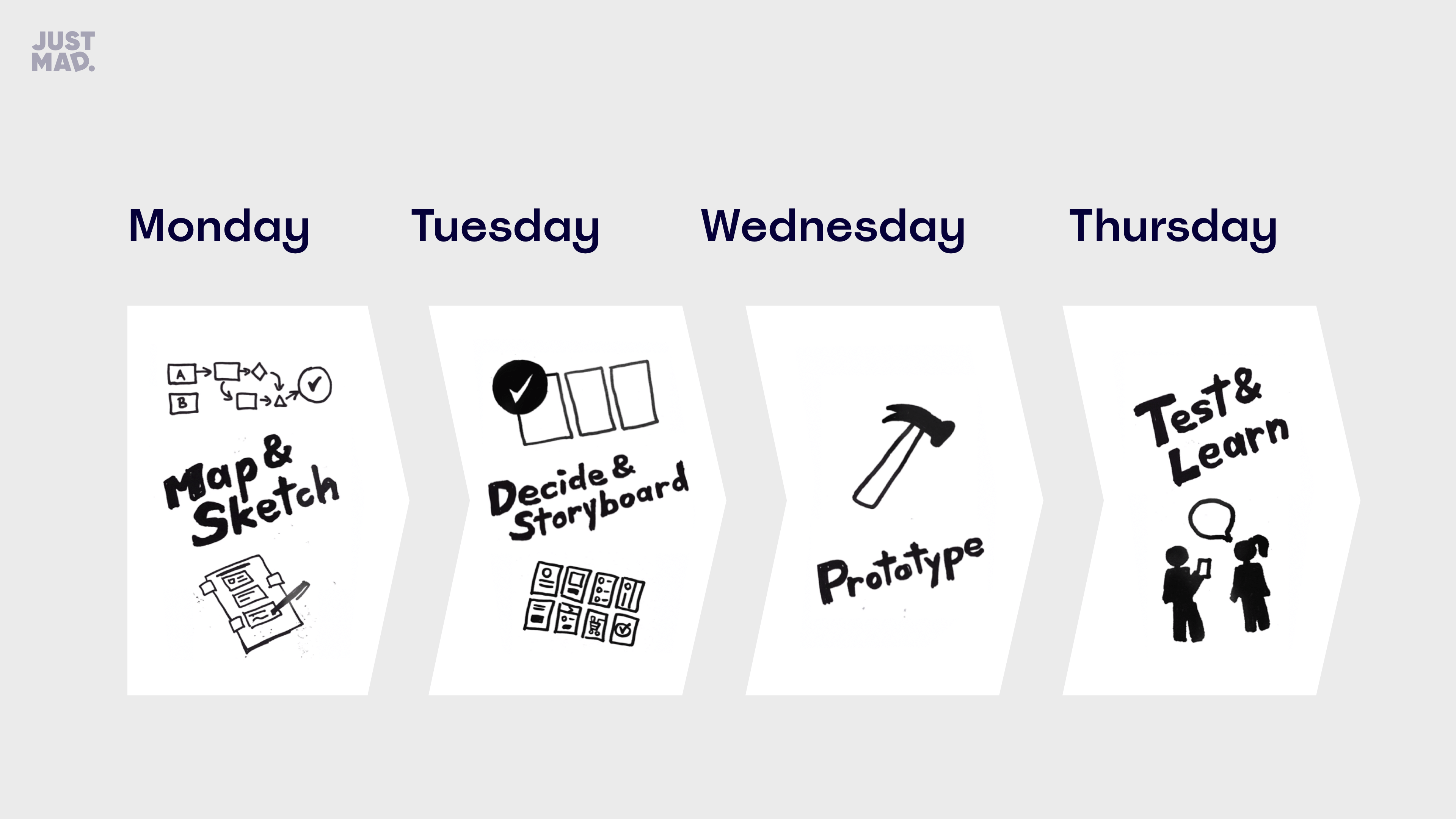
When innovating, sometimes it feels like you’re in a dark room trying to shoot a dart at a bullseye you can’t see. Pretty tricky. The Design Sprint is like a flashlight that helps you find the right direction.
After discovering the Design Sprint, our entire view of how products are built has changed forever. We found the “cure” to some of the most frustrating failure scenarios outlined before.
We transitioned:
- From guesswork to making confident, well-informed decisions
- From no early customer/user insight to incremental cycles of constant improvement & validation
- From being output focused, to being outcome-focused
- From endless & fruitless meetings to efficient & engaging work sessions
- From a state of team confusion to being aligned and laser-focused
Going remote
The Design Sprint worked like magic and we realized the opportunity for providing these services specifically to distributed teams. For the past few years, companies have needed to widen their talent pool and hire in multiple locations. The chances of finding the right people, in the same timezone and the same place, are slim to none. Also, the new generation of workers value flexibility and don’t want to wait until their retirement to roam the world. With the emergence of specialized tools like Miro, distributed work is not only possible but can also be efficient and successful.
We were part of this remote revolution and had to adapt our processes to fit our multi-continental client base. The Design Sprint was originally created to be an in-person activity. Gather the right people in one room for four full days, think and ideate together, prototype and test. Having 90% of our clientele remote (almost always in different time zones) meant we had to re-engineer the process — and we did.
Through trial and error, we adapted the original Design Sprint to work for fully distributed teams, and with the right set of tools and techniques, we managed to accelerate innovation across time zones.
What we’ve learned about running remote design sprints
Focusing on remote design sprints didn’t just mean switching to a new process. It required a shift in our business model and client base. As a fairly new concept in the world of design, despite the benefits, making our existing clients understand the value required a lot of work.
Not everyone got on board, and we let a good portion of our clients go. But this was the best thing that happened to us because it opened up a new world of possibilities. We shifted from “do what I say” to “let’s innovate together”. We learned to say “no” to non-believers.
Our top 6 learnings from running Remote Design Sprints:
- We are selling a mindset, not just a process – A good part of our business and communication efforts are directed towards educating companies and teams on the benefits of the Design Sprint. Resistance and skepticism are common, but it’s important to note that the Design Sprint is not just about switching to a new way of working — it’s about adopting a new mindset.
- The Sprint is here to stay – the Design Sprint process is not just a passing trend. With solid proof of its effectiveness and backed by companies like Google, Lego, Airbnb, and Uber who are adopting it as part of their toolkit, we believe it has the potential to shape the future of how we approach innovation.
- Yes, it can be done remotely – contrary to common belief, the Design Sprint process can work for distributed teams when using the right combination of tools and techniques. Miro was the ultimate game-changer for us, as it allowed us to engineer a Design Sprint playground and adapt the process to fit remote teams without the hassle.
- The Design Sprint spreads like a virus – the first Design Sprint is the hardest, as it requires stakeholder buy-in and winning the confidence of the team. But once done, the energy and effectiveness of the process will echo, and people won’t stop coming back for more. It’s hard to ignore how well the process works and getting tangible results in a few days is simply invaluable.
- Design Sprints don’t replace classic design processes – The Design Sprint is really a prescriptive process, and works like a charm when teams get stuck or quick decisions to have to be made, for example when a company needs to validate whether an idea is worth investing in, or when a quick fix is required for a product or service. The process works in tandem with classic design processes and most certainly doesn’t replace them.
- Making confident product decisions gets easy – in the Design Sprint philosophy, getting started is more important than being 100% right. It’s all about achieving quick wins and moving confidently in one clear direction. The Sprint relies on tangible results instead of endless discussions and manages to yield unmatched results.
So, why do we bet big on Remote Design Sprints?
Products, markets, and teams are constantly evolving and it’s important that our mindset and processes follow accordingly. We’ve found the Design Sprint to be our secret sauce because:
- It allows you to tackle a challenge and validate ideas faster than ever
- At times, teams just feel stuck and misaligned and the Design Sprint can help move things forward
- It creates an environment where people can generate ideas and fosters a culture of experimentation
- It helps teams make more confident product decisions and reduces risk while avoiding “blind building”
- Makes great use of time, energy and resources
- Works like a charm for cross-functional, multi-continental distributed teams
Ready. Set. Sprint.
